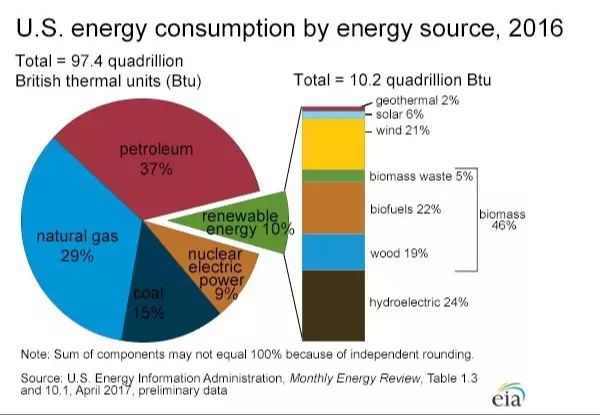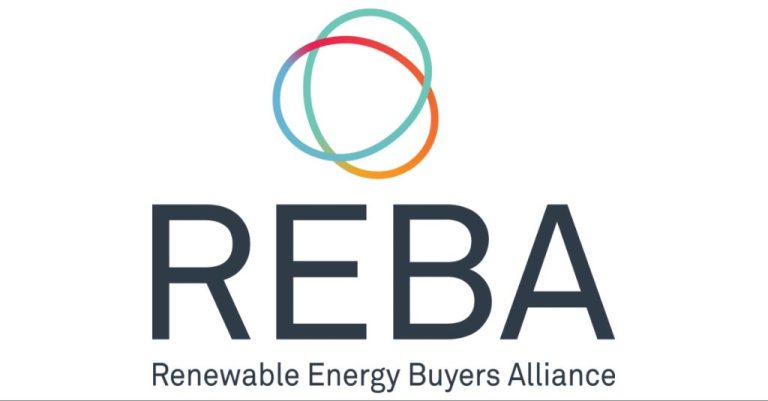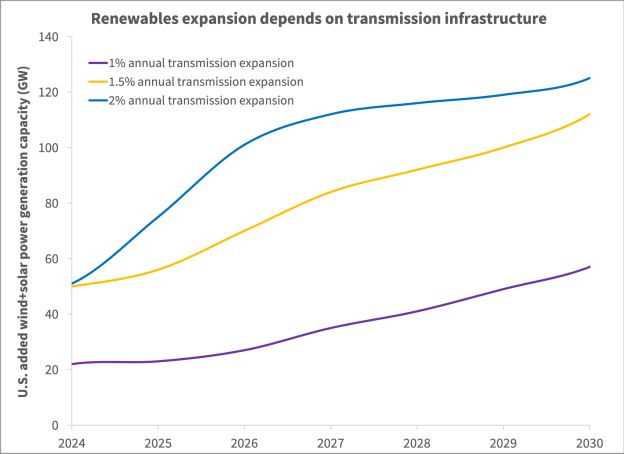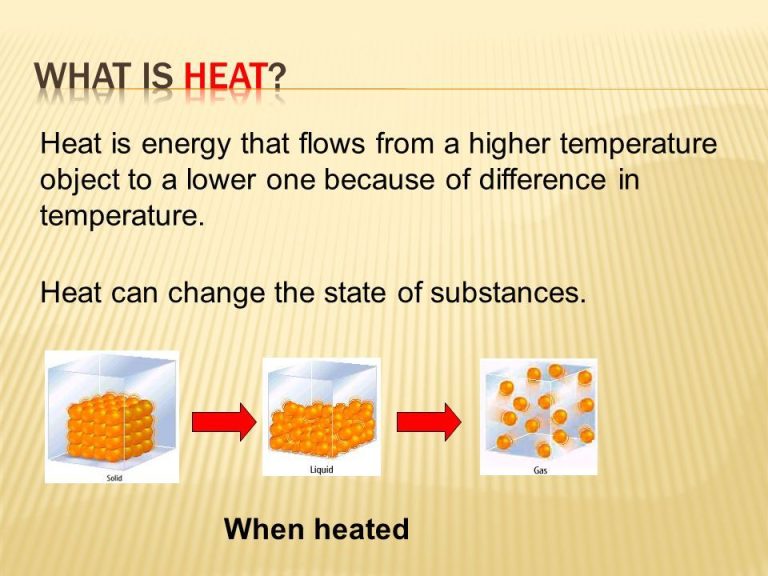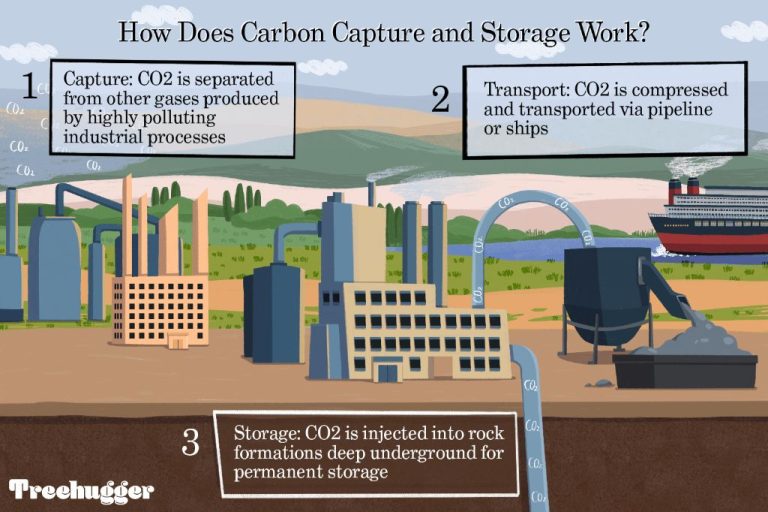Is Heat Light And Sound Energy?
Defining Energy
Energy is the ability to do work or cause change. It exists in many forms. Energy can be found in motion, chemical reactions, light, sound, heat, electricity, and various other phenomena. For example, a moving object contains kinetic energy, batteries contain chemical energy, the sun’s rays contain light and heat energy, music contains sound energy, and fuels like gasoline contain potential energy that can be converted into other forms.
According to the law of conservation of energy, energy can neither be created nor destroyed, only transformed from one form to another. For instance, chemical energy in gasoline can be converted into kinetic energy to move a car. The forms of energy that are especially relevant to the question of whether heat, light and sound are energy are thermal energy, radiant energy, and mechanical wave energy.
Forms of Energy
Energy exists in multiple forms which can be categorized into main types. The most common forms of energy include:
- Mechanical energy – the motion and position of objects and systems, including kinetic energy and potential energy
- Thermal energy – the internal energy of substances which relates to the motion and vibrations of particles
- Chemical energy – energy stored in the bonds between atoms and molecules; can be released in chemical reactions
- Electrical energy – energy from the movement of charged particles such as electrons
- Electromagnetic energy – energy stored in electromagnetic fields, which interact with charged particles;
- Nuclear energy – the binding energy in an atomic nucleus that holds nucleons together
These different forms of energy can transform into one another or convert according to the laws of thermodynamics.
Heat as a Form of Energy
Heat is a form of energy that is transferred between objects or systems due to temperature differences. We call this thermal energy. It always moves spontaneously from a warmer object or system to a cooler one, until there is no longer any temperature difference between the systems. For example, when you heat water on the stove, thermal energy is transferred from the stove burner to the cooler water until the water temperature rises to the same level as the burner.
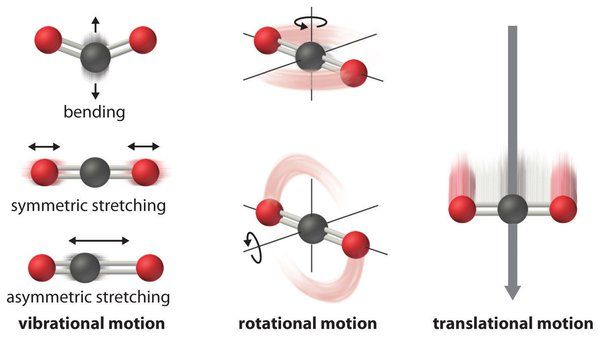
Heat energy comes from the vibration and movement of atoms and molecules. The more heat is added to a system, the more atoms and molecules vibrate and move around, storing energy in their motion. This is why something that “feels hot” actually has more heat energy stored in it than something that is cool to the touch – there is more motion of atoms and molecules that we sense as warmth.
Light as a Form of Energy
Light is a form of energy that is part of the electromagnetic spectrum. The electromagnetic spectrum includes different types of radiation based on their wavelength and frequency. Visible light that humans can see makes up only a small portion of the entire electromagnetic spectrum.
Light contains photons which are discrete packets of energy. The energy of a photon depends on its wavelength and frequency – shorter wavelength light like ultraviolet has higher energy photons than longer wavelength light like infrared. This allows light to interact with matter in different ways across the spectrum.
When a light wave encounters an object, that object may absorb, reflect, refract or even transmit the light depending on the materials involved. Our eyes perceive visible light, our brains translate the signals, and this creates what we call sight – allowing us to see color, shape, and spatial relationships.
Overall, light is a ubiquitous form of electromagnetic radiation energy essential for processes like photosynthesis in plants and enabling human vision. Light interacts with matter in complex ways across wavelengths, but always conserves its energy in these interactions.
Sound as a Form of Energy
Sound is a type of mechanical energy that consists of vibrations that travel through substances in waves that can be detected by the human ear. When an object vibrates, it causes disturbances in the air or other medium around it. These vibrating disturbances create sound waves that move outward from the source.
Sound waves transmit energy, not matter. As the vibrations ripple outwards, particles of the medium bounce into adjacent particles, which then bounce into more particles further out. This chain reaction allows the energy of the original vibration to move from particle to particle. The particles themselves only move back and forth around fixed points and do not move far from their original positions.
The properties of sound waves relate to their pitch, loudness, timbre and speed. The frequency of the sound wave determines the pitch (high or low) and the amplitude determines the loudness (loud or soft). Since sound requires a medium like air or water through which to propagate, it differs from light or other types of electromagnetic radiation waves that can travel through empty space.
Overall, sound is a form of mechanical wave energy caused by vibrations and transmitted through various media. We interpret these wave vibrations with our ears as things we can hear, from noises to music and everything in between.
Comparing Heat, Light, and Sound
While heat, light, and sound are all forms of energy, they differ significantly in their properties and behaviors. Heat is a form of thermal energy related to the kinetic energy of atoms and molecules. It involves the transfer of energy between objects or systems due to a temperature difference. Light is a form of radiant energy that can be seen by the human eye, consisting of electromagnetic waves within a specific wavelength range. Sound is a vibration of matter that travels as an audible mechanical wave through gases, liquids or solids.
Some key differences between heat, light and sound energy include:
-
Heat transfer requires matter and moves from hot to cold objects seeking thermal equilibrium. Light and sound can transmit energy through matter or empty space.
-
Light travels extremely fast (299,792,458 m/s) while sound travels relatively slowly through gases and liquids. The speed of heat transfer depends on the materials involved.
-
Light and sound both exhibit wavelike behavior with different frequencies and wavelengths. Heat transfer relies on particle collisions without exhibiting periodic wave phenomena.
-
Light and sound can undergo reflection, refraction, diffraction and interference. Heat transfer does not exhibit those classic wave behaviors.
So in summary, while heat, light and sound are all energy forms, light and sound specifically behave as waves allowing interactions that heat transfer does not exhibit. Understanding how they compare reveals deeper insights into these fundamental energies all around us.
Heat, Light, and Sound Interactions
Heat, light, and sound can interact and convert between different forms of energy in several ways. For example:
- Light energy can be absorbed by objects and converted into heat energy. For example when sunlight heats up a metal surface. Similarly, heat energy from a flame or other heat source converts into light and thermal radiation as it heats an object.
- Sound waves are vibrations and mechanical energy that propagate as a wave. As they travel through air and objects, sound waves convert a small portion of their energy into heat, through the friction of the molecules vibrating against each other.
- Light and sound can interact when light waves pass through certain mediums, causing the molecules in the medium to vibrate and produce sound waves. An example is photoacoustic spectroscopy, which uses laser pulses to vibrate samples and detect resulting sound waves.
- When electricity passes through a thin filament, as in a light bulb, the resistive heating of electricity is converted into high intensity light and thermal radiation.
So in summary, heat, light, and sound are all related forms of energy that can convert, transform, and interact with each other in various ways, governed by the laws of thermodynamics.
Applications of Heat, Light, and Sound
Heat, light, and sound all have important practical applications in technologies we use every day:
-
Heat is used for cooking, heating buildings, generating electricity in power plants, and in internal combustion engines like car engines.
-
Light is used for lighting homes and streets, optical fibers for high-speed internet, barcode scanners, photography and image sensors in cameras/phones, lasers for surgery, and in solar cells to generate electricity.
-
Sound is used for communication devices like phones, speaker systems, sonar, medical ultrasound imaging, and even weapon systems. It is also used in devices to measure distance, speed, temperature, and for quality control.
In our everyday lives, we constantly utilize useful applications of heat, light, and sound energy to improve our quality of life through lighting, heating/cooling, communication, transportation, and technology.
Conservation of Energy
While heat, light, and sound represent different forms of energy that interact in complex ways, it’s important to note that according to the law of conservation of energy, the total energy within a closed system remains constant. Energy can convert from one form to another, but it cannot be created or destroyed.
For example, when an object that contains heat energy collides with another object, some of that heat energy may convert into kinetic energy, causing the objects to move. Or when sound waves encounter a surface, the energy in those waves can be absorbed and converted to heat. Light from the sun is converted into chemical energy by plants in photosynthesis. In all these interactions, the total quantity of energy remains the same – energy is just changing forms.
The concept of the conservation of energy is a fundamental physical principle that enables many technologies, from solar panels to hydroelectric dams. It also helps scientists track where energy is transferred during natural processes and complex systems. While energy conversions can be complicated to analyze, we know that according to this inviolable law, the total amount of energy is always conserved.
Conclusion
In summary, yes, heat, light, and sound are all forms of energy. We have explored how energy manifests in different forms that can be transferred and transformed. Heat energy involves the kinetic motion of atoms and molecules. Light energy refers to electromagnetic waves emitted by vibrating electric charges. Sound energy originates from the vibrations or oscillations of matter and moves through a medium as waves. All three phenomena involve the motion and interaction of particles and waves, which are hallmark characteristics of energy.
While heat, light, and sound exhibit unique properties and behaviors, fundamentally they share an underlying unity as manifestations of energy. The first law of thermodynamics tells us that energy can change form, but it cannot be created or destroyed. The exchanges between heat, light, and sound highlight the dynamic, interconnected relationships between different energy types. Appreciating these connections allows us to better understand our universe and solve problems through the purposeful application of energy transformations across heat, light, and sound.


